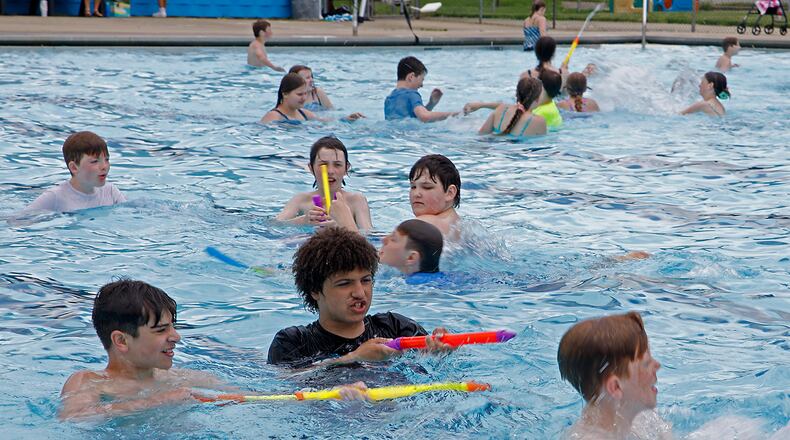“Drowning can happen to anyone at any time there is access to water. It can be quick, silent and deadly,” said Dr. Debra Houry, CDC’s chief medical officer and deputy director for program and science.
More than 4,500 people died due to drowning each year from 2020–2022, 500 more per year compared to 2019. The highest rates of unintentional drowning deaths were among children aged 1–4 years.
“As an emergency physician, I saw firsthand the devastating effects of drowning. Families are torn apart, and lives are cut short,” Houry said.
Drowning is the leading cause of death among children aged 1–4 years and one of the three leading causes of unintentional injury death among persons aged 5–34 years, according to the CDC.
This increase in drowning deaths is likely another impact from the pandemic, which is compounded when taking demographics into account as those who have higher rates of drowning―Native and Black Americans―might have limited access to swimming lessons.
Credit: Marshall Gorby
Credit: Marshall Gorby
Racial and ethnic disparities widened after the onset of the COVID-19 pandemic, the CDC study says. During the pandemic, persons spent more recreational time in or near water, and availability of supervised swimming settings was limited.
This trend, along with the unofficial start of summer, has led more officials to emphasize needed access to swimming lessons for all communities, as well as reminding parents to be watchful of children.
“We like to encourage safe swimming, letting parents know it’s important to get their kids trained for swimming, to make sure they know how to swim in case they do ever fall into a pool,” said Alana Demmons, a registered environmental health specialist for Public Health - Dayton and Montgomery County.
Pool water needs an adequate level of chlorine to kill bacteria or waterborne illnesses, so pool owners should make sure those are at appropriate levels.
Pool water should be tested regularly to make sure the pH and alkaline levels are within the best ranges for swimming. If the water is too acidic or too alkaline, it can cause irritation.
“It can irritate your eyes,” said Paul Fields, environmental health supervisor at Public Health. “When people generally think, ‘There’s too much chlorine, my eyes are burning.’ That’s not chlorine, it’s pH.”
Public Health inspects about 300 pools in Montgomery County and had a full roster ahead of Memorial Day weekend, which is when many pools open for the season.
“We check to make sure the chemistry of the water in the pool is at a safe level for people to go in and swim,” Demmons said. “We check for a bunch of safety standards. We check fencing. We check signs to make sure signs are posted. If they have a lifeguard or not, there are different rules for that.”
Even if pools have lifeguards, parents should still keep an eye on their children, also giving children frequent bathroom breaks, said Dan Suffoletto, public information information at Public Health.
“Don’t swim alone. Have a phone on hand with you,” Suffoletto said.
About the Author


